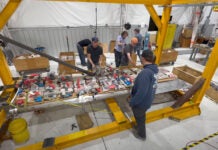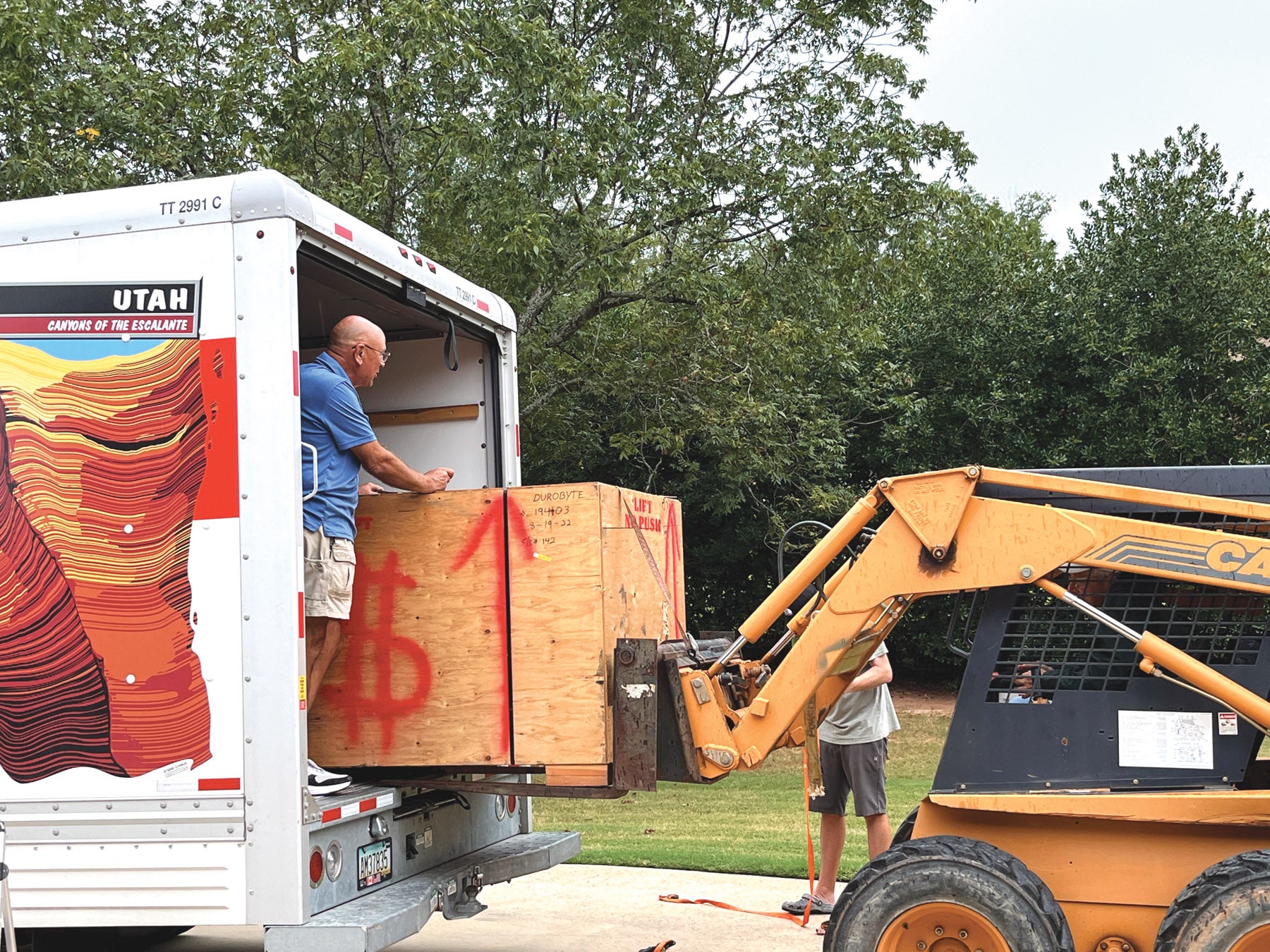
I completed my first airplane, an RV-4, in December 1983. I worked for Hewlett-Packard at the time, and they did a story on me in the company magazine. They asked if I thought I would ever build another one. I had just finished a childhood dream of building an airplane, and the thought of doing another one hadn’t occurred to me yet. Little did I know that 43 years later I would be starting my 13th!
A lot has happened in those 43 years with regards to the amateur-built aviation industry, from kit improvement to aftermarket tools and options. We’ve seen several companies come and go, and others have flourished. The completion ratio is certainly much higher than it’s ever been, and we know the FAA Registry consistently shows amateur-built aircraft as the largest growing segment. If MOSAIC ever gets enacted, I dare say this segment of aviation will continue to get more exciting.
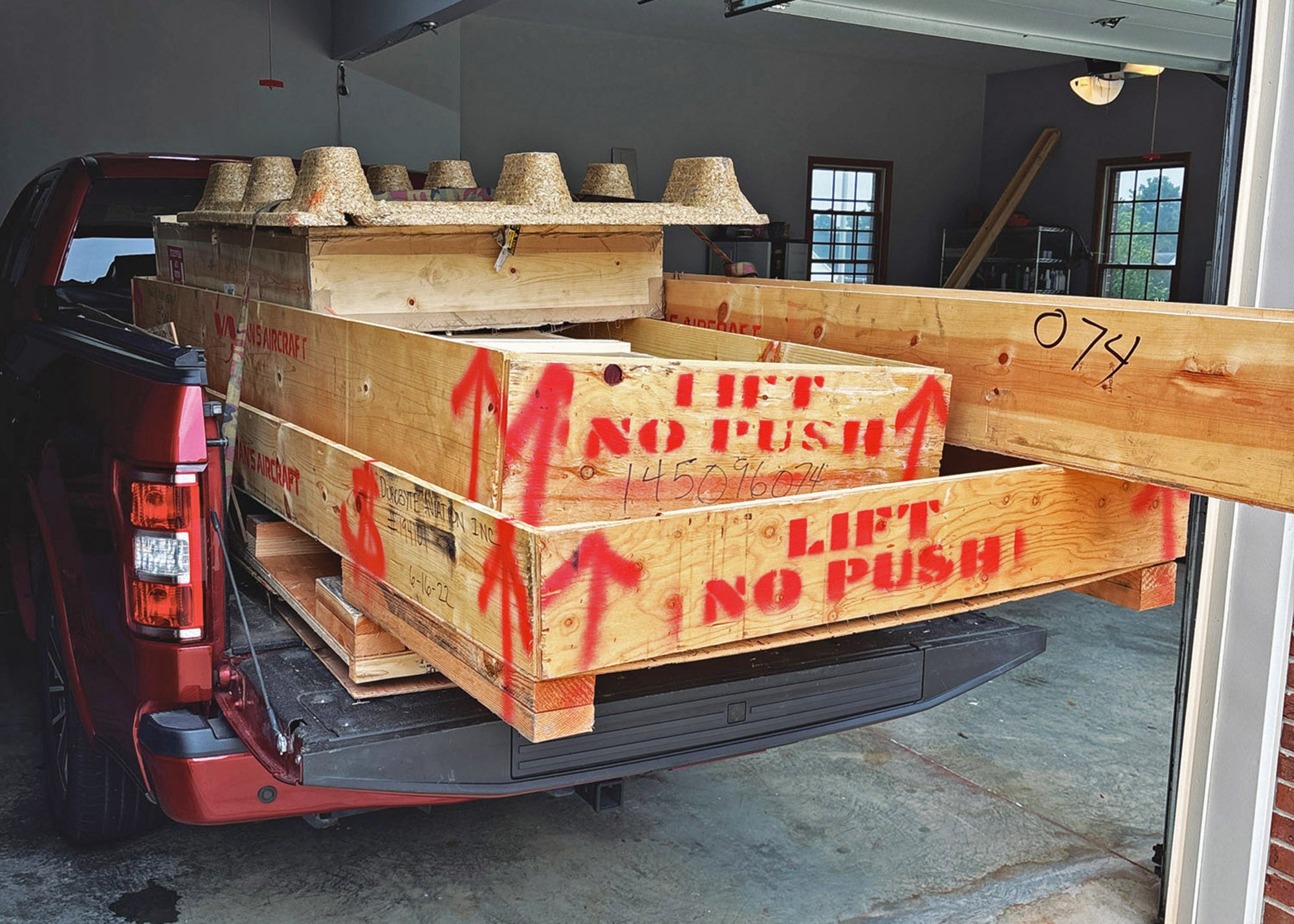
Many of you already know I have started building another RV-10. It will be my third RV-10. I am not planning to write a builder’s series, as there have been plenty of those. There are also plenty of RV-10 builder websites out there, and I doubt I could add anything to them. What I am going to share with you is my decision process for both choosing another RV-10 as well as choosing some of the “upgrades.” My hope is that it will help some of you who might be in the decision stage, whether choosing an aircraft, tools or upgrades.
It’s obvious I like building airplanes. We’ve created so many interesting memories along the way, from drilling fingers to flying to Alaska. I find the construction process enjoyable for the most part. I like the creativity it provides, especially with regards to avionics and engine installations, but I am not a fan of the repetition. I’d be happy if it had one wing, one elevator, one aileron, etc. You get the idea. I’ve always managed to bypass some of the repetition by getting the quickbuild options, but that is not to be the case this time around, as I purchased a slow-build kit. Why, you ask? Well, let me tell you.
While at AirVenture it is hard to not get excited about all things aviation. If you’ve been there, you understand. It’s like Christmas in July. This past year I saw a few new aircraft that I thought might be fun to build and fly, and I spent quite a bit of time with some of the vendors getting into the details. In the end, I decided they were still too new, and I reminded myself of my Prescott Pusher journey. I will be 70 years of age this coming year, and I decided it might be best to stick with something that has a proven track record.
Truth be told, I don’t think Carol was real keen on me starting another project, but she liked my train of thought. Plus, I convinced her that I have all these tools just sitting around going to waste!
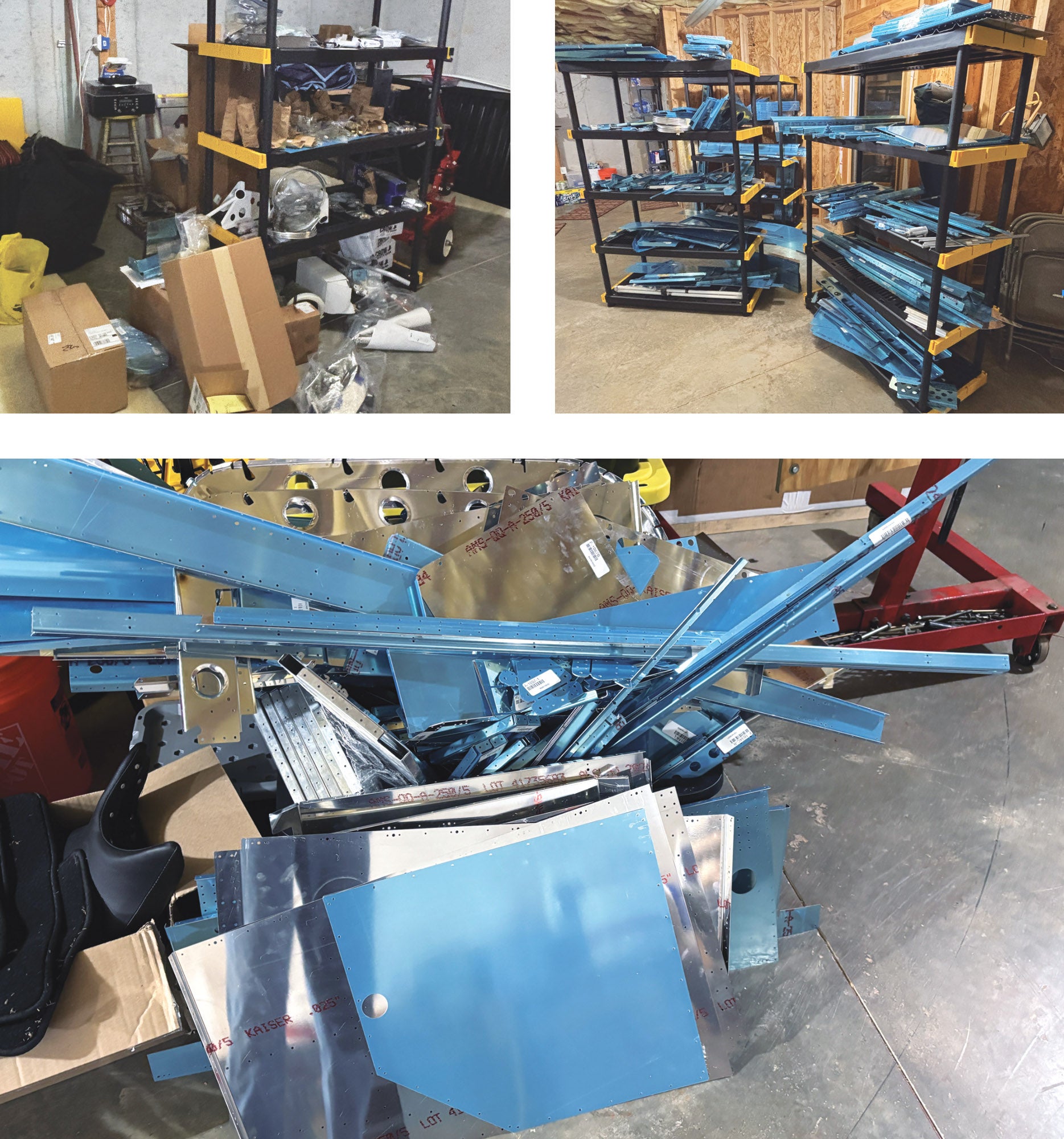
So, we left AirVenture without having made any decisions. I did spend some time researching some of the other attractive, capable and proven kits on the market, but one negative kept surfacing no matter which one I got excited about, and that was lead times. Those of you who are building understand what I am talking about. The lead time for many kits is over a year, with some engines being between two and four years. Yikes! While I don’t feel as old as my age, I certainly don’t feel like waiting that long to get started, knowing it could be two to three years before the aircraft will be completed.
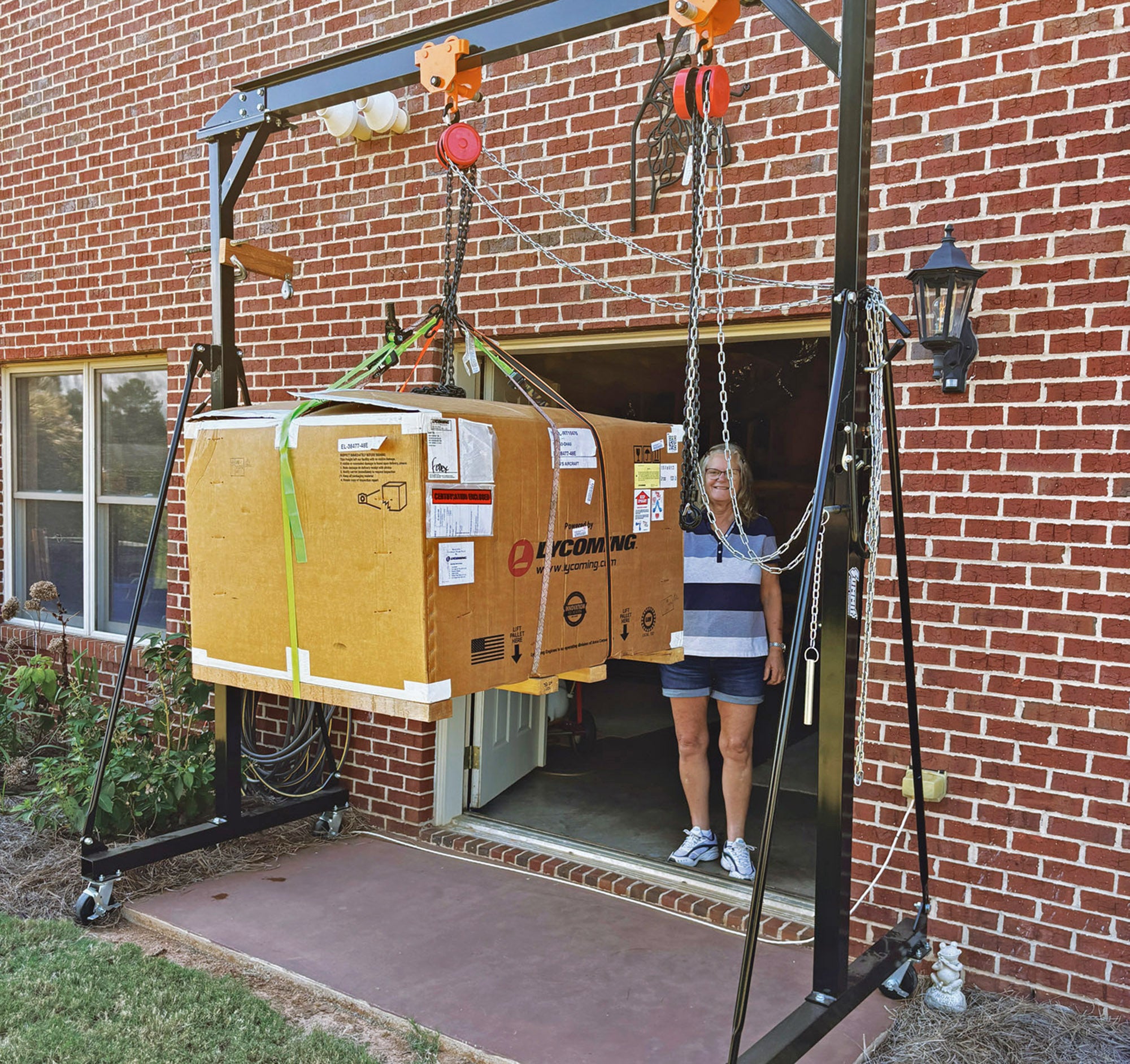
A Pleasant Surprise
One day when browsing Barnstormers.com, I noticed an RV-10 kit that had never been opened and was complete except for the finish kit. It included a new Lycoming engine and Hartzell propeller, which certainly solved a lot of the lead-time issues. Plus, it was in Florida, which would make it easy to get home. The builder had also ordered and received all of the laser-cut replacement parts, which was a nice touch, even though probably not necessary. A quick call to Greg Hughes at Van’s Aircraft confirmed I could get the finish kit in about six months. Carol said yes, and we were off to Florida. So that’s how I came to be building a slow-build this time. We ordered the finish kit as soon as we got back home.
I’ve always told everyone to not order the kits all at once, as it can be somewhat overwhelming to see all the parts at once and realize how massive a project building an airplane can be. But like any big venture, it begins one step at a time. Two key skills are needed right from the beginning to be successful and make it enjoyable—organization and project planning. Remember the lead times I mentioned? Well, it’s not just for the kits. There’s a lot of other stuff that will have long lead times, such as instrument panels, interiors and options like extended-range fuel tanks. If you don’t plan ahead, you can find yourself coming to a stop at times, which isn’t fun.
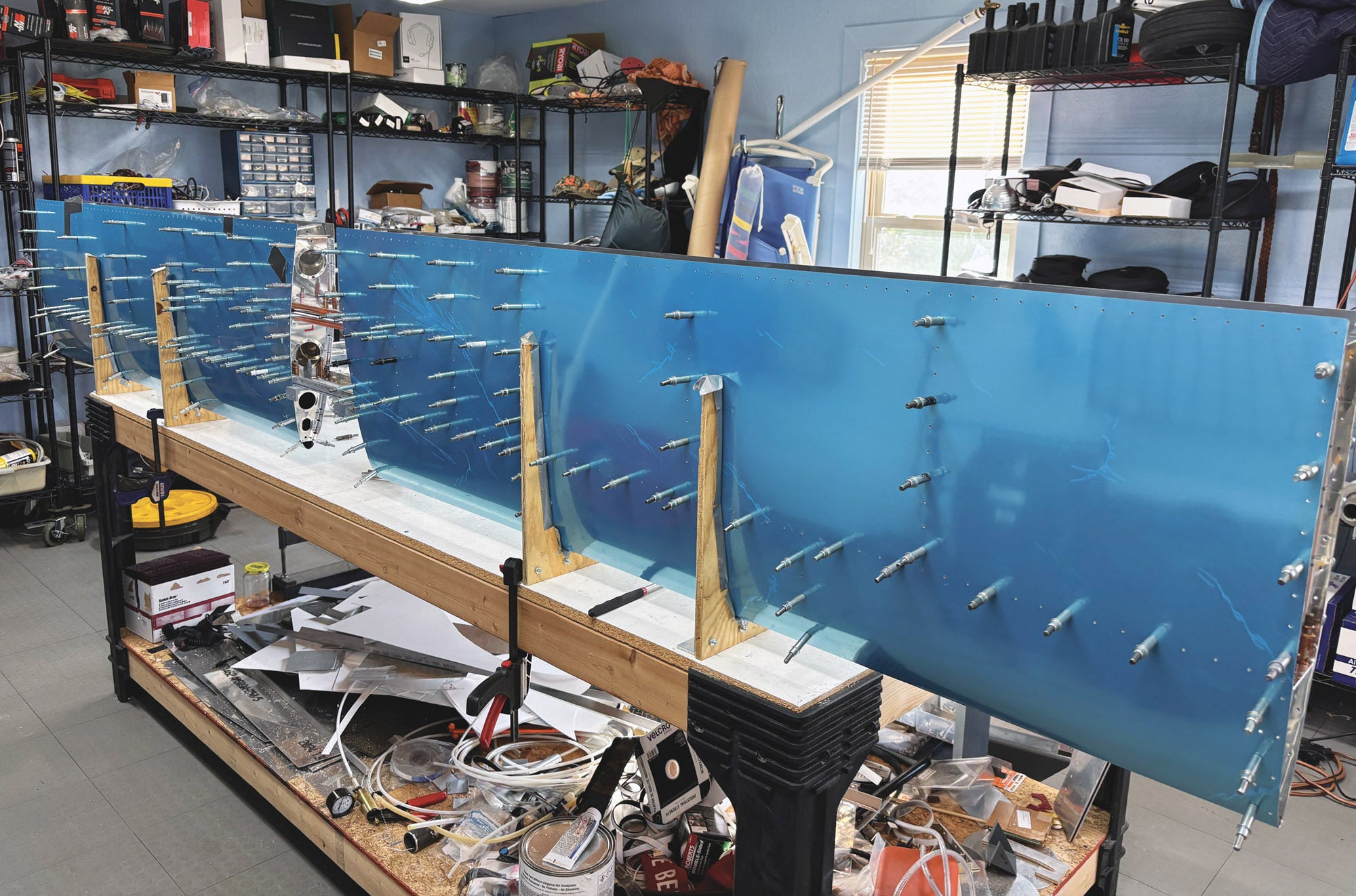
Planning ahead will also help with budget planning. During the week that we were deciding to go pick up the kit, I was traveling. During the evenings I started making a list of all the ancillary items I needed to think about, everything from primer, Scotch-Brite and pitot-static plumbing to oil coolers, stick grips and a hundred other things. My first realization—the new price of everything was quite shocking, as I had built our current RV-10 almost 16 years ago. I ended up with a five-page list, but the planning had begun.
There’s another lesson here. While building an airplane, you will not be able to work on it every day. It’s a long journey. But that doesn’t mean you can’t “touch” it every day, even if it’s just mentally. You’ll be surprised at the things you think about and the ideas you will learn from scouring the builder websites as well as vendor websites. It will keep the excitement going.
Why Build Another RV-10?
As I mentioned, in the coming columns I will share my decision-making processes, along with tools and tricks I’ve learned along the way (and am still learning). I assume many of you are wondering why I am building another RV-10 since I currently have one, so let me close this column by sharing that decision.
The RV-10 is our favorite airplane. I’ve shared many of the journeys we’ve taken in it with you along the way. I have almost 3600 hours of RV-10 flying time, and I’ve yet to find a bad characteristic. I think it is the best all-around general aviation piston airplane in existence. I use ours a lot for prebuys and DAR work. While doing airworthiness inspections, I get to see a lot of the new stuff that has become available in the last 15 years. I convinced Carol that it might be nice to do a new one for us and sell our current one when we finish building the new one. She pushed back a little since we just installed a new panel and interior this past year, and I couldn’t argue with her. But this is emotional, not logical! It’s how I keep the fun factor alive. She relented, and here we are.
I’ve got a pretty good idea on some of the options we might incorporate, but I’m thinking of one twist at the end. I really like the Thunderbolt engine in the current RV-10 and the MT prop. I’m thinking I might swap and put the new engine and prop in it, and that way the new owner gets everything new except the airframe. Should be a win-win for everybody.
Stay tuned for more decisions, tips and tricks in coming columns.

